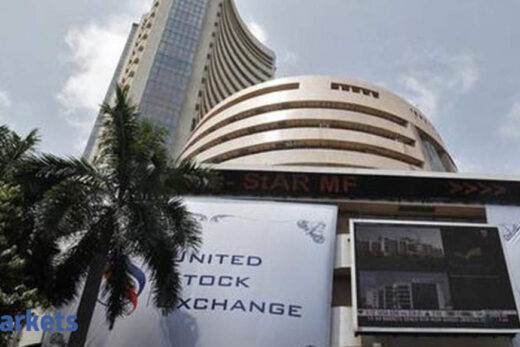Investors started to look at equity markets to generate income post-pandemic as it displaced their primary source of income. This is reflected by the number of trading accounts which have almost doubled in the last two years. Also, the share of retail in trading volumes has increased from 39% at the start of 2020 to 45% at present. The kind of optimism prevailing in the market is linked to a psychological concept of FOMO vs FOLO— the fear of missing out versus fear of losing out.
Let me explain this by a simple example; you are offered a gamble on the toss of a coin. If the coin shows tails, you lose Rs 100. If the coin shows heads, you win Rs 150. Is this gamble attractive? Would you accept it? The expected value is derived as probability times gain or loss. In this case, the probability adjusted outcome is positive as you stand to gain more (Rs 75) than you can lose (Rs 50), resulting in a net gain of Rs 25. However, many may still reject this as the fear of losing Rs 100 is more intense than the hope of gaining Rs 150, indicating risk (loss) aversion behaviour. Now, what is the gain that you need to balance an equal chance to lose Rs 100? For most, the answer could be Rs 200 or more. And, anything above Rs 200 would indicate risk seeker behaviour as fear of missing out on gain overpowers the fear of losing Rs 100. In both scenarios, the net probability adjusted outcome is positive for the person accepting the gamble. This is what is happening right now with equity markets.
Markets go through different cycles. In early 2020, fear of losing money and risk-averse behaviour was a lot more prevalent, which led to a market downturn. Post that, a resurgence in investor optimism led to investor behaviour swing towards FOMO. Consider this year’s IPO market. For most of the issues, the retail subscription has been a lot more than anticipated as in an up-trending market one would weigh fear of missing out on potential listing gains more than fear of losing out if the listing price is lower than the issue price.
Equities are benefiting from expectations of an economic rebound driven by a massive fiscal stimulus with a focus on providing credit, improving farm income, and export attractiveness. Few other drivers that bode well are thrust on capital expenditure, foreign direct and portfolio inflows, low cost of credit, and expectations of increased consumer spending as vaccines roll out and economies reopen. These growth drivers are expected to help corporates improve their earnings. However, in the near term, few factors still linger – the potential impact of a third wave, high inflation, and concerns around valuation. Investors should be mindful of the drawdown potential coming from extra or higher than normal growth (equity) asset exposure and continue to evaluate these exposures to make sure they balance the risks properly.
How can investors navigate this period? The current market cycle makes the multi-asset investing approach a lot more relevant to generate better risk-adjusted long-term performance. Assessment of adequate equity exposure in a portfolio to meet a certain investment goal is critical as higher allocation could expose an investor to the risk of capital loss if markets are to correct. Investors could also consider diversifying equity exposure by investing in international markets. This helps by providing a hedge against rupee depreciation and an opportunity to take exposure to varied international economic & fundamental growth drivers apart from Indian equities.
One should negate short-term market noise and avoid getting into the trap of FOMO vs FOLO as it can have an undesirable outcome on your investment goal. Rather, investors should stick with their financial plan. Investors entered the market with specific goals in mind, whether that meant retirement many years into the future or focusing on nearer-term aspirations, like buying a home or a second car. Whether the market is at a peak or a trough, your financial plan likely hasn’t changed much, and your original portfolio choice based on your financial plan could still be right for your goals.
(The writer is is Associate Director, capital markets & asset allocation at Morningstar)



